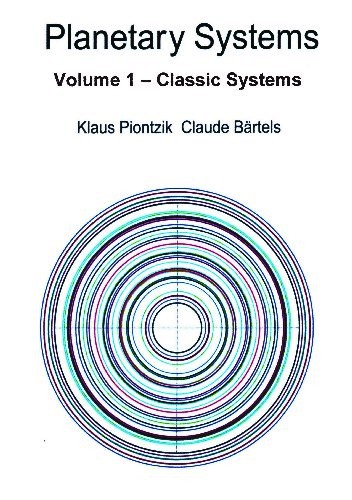| Copyright © Klaus Piontzik | ||
| German Version |
| The physical cause of the earth's magnetic field is considered to be flows of liquid magma in the earth's core. The Earth's outer core lies at a depth of between around 2,900 km and 5,100 km, or a center distance of 1,271 km to 3,471 km. There, a liquid spherical mass made of an iron-nickel mixture rotates around itself; These masses are electric moving charges, which as a result generate magnetic pulsating fields. The "egging" movement of the Earth around the Sun with the tilted axis creates a "stirring effect" around an elliptical center. This creates the pulsations of the field. The elements that generate the earth's magnetic field are magmatic flows from a depth of around 2900 km downwards. These currents are too sluggish and too strong to be affected by short-term geological or solar events. The earth's magnetic field, the magnetic oscillation structure and thus the magnetic grid system therefore have a certain persistence that counteracts all external influences. Changes in the intensity and structure of the earth's magnetic field can therefore only be brought about by changing the course of the magmatic flows or their flow speed or density. Possible factors here are the Coriolis force, thermal and chemical convection and the reaction of the generated magnetic field on the Earth's core. The existence of four poles in terms of total intensity indicates two currents or flow systems. The disturbance of the earth's magnetic field on the southern hemisphere shows that there are (at least) two flows or flow systems that are not properly symmetrical to one another and are not synchronized or firmly coupled to one another. If there are two flow systems that generate magnetic fields, four poles are created. This results in three possible basic vibration structures: |
| a) | Two straight oscillations build up - four maxima. |
| b) | Two odd oscillations build up - two maxima and two minima. |
| c) | An even and an odd oscillation builds up - three maxima and a minimum. |
 |
The picture shows the four poles and the associated vibration levels.
The circle through all four poles is the main meridian of the entire system. |
| Illustration 5.0.1 – vibration levels |
|
The vibration structure itself provides a starting point for the core sphere.
The prerequisite is the layer equation.
For n = 1 there is a simple relationship between the radius of the (generating) sphere and the center distance of the generated layers. If you set the radius = 1 (and thereby normalize it) you get: |

| 5.1.1.1 - Theorem: | The magnetic field generated by the magmatic flows in the earth's outer core is compatible in its vibration structure with the earth's vibration structure. |
| 5.1.2.1 - Satz: | The vibration structure generated by the earth's inner core is compatible with the earth's vibration structure. |
|
The fundamental frequency of the inner core sphere is five times greater than the Earth's frequency and is 58.96 Hz.
The three vibrational structures, which are based on the basic shell, in the outer core of the earth and on the inner core of the earth, are in harmonic relationships to one another and are partly identical in their grid structure, i.e. they have the same vibrational structure, which is equivalent to the earth's vibrational structure. |
| 5.1.3 - Theorem: | Inner core : D’’- layer : basic hull = 1 : 3 : 5 |
| Remark: The D" layer forms the lowest part of the Earth's lower mantle and therefore represents the transition zone between the Earth's mantle and the Earth's core. The thickness of this layer is approximately 200 km to 300 km. Simplified it can be written: |
| 5.1.4 - Theorem: | Inner core : Outer core : Earth radius ≈ 1 : 3 : 5 |

| 5.1.5 - Theorem: | rik = L0/5 bzw. rik ≈ RE/5 |
| Remark:
The ratio 3:5 or 5:3 is close to the golden ratio. So you could say: the basic hull and the D" layer are approximately in the ratio of the golden ratio to each other. To put it simply: |
|
Earth's radius and outer core are approximately in proportion to the golden ratio to each other |

|
200 sides, 23 of them in color 154 pictures 38 tables Production und Publishing: ISBN 978-3-7357-3854-7 Price: 25 Euro |